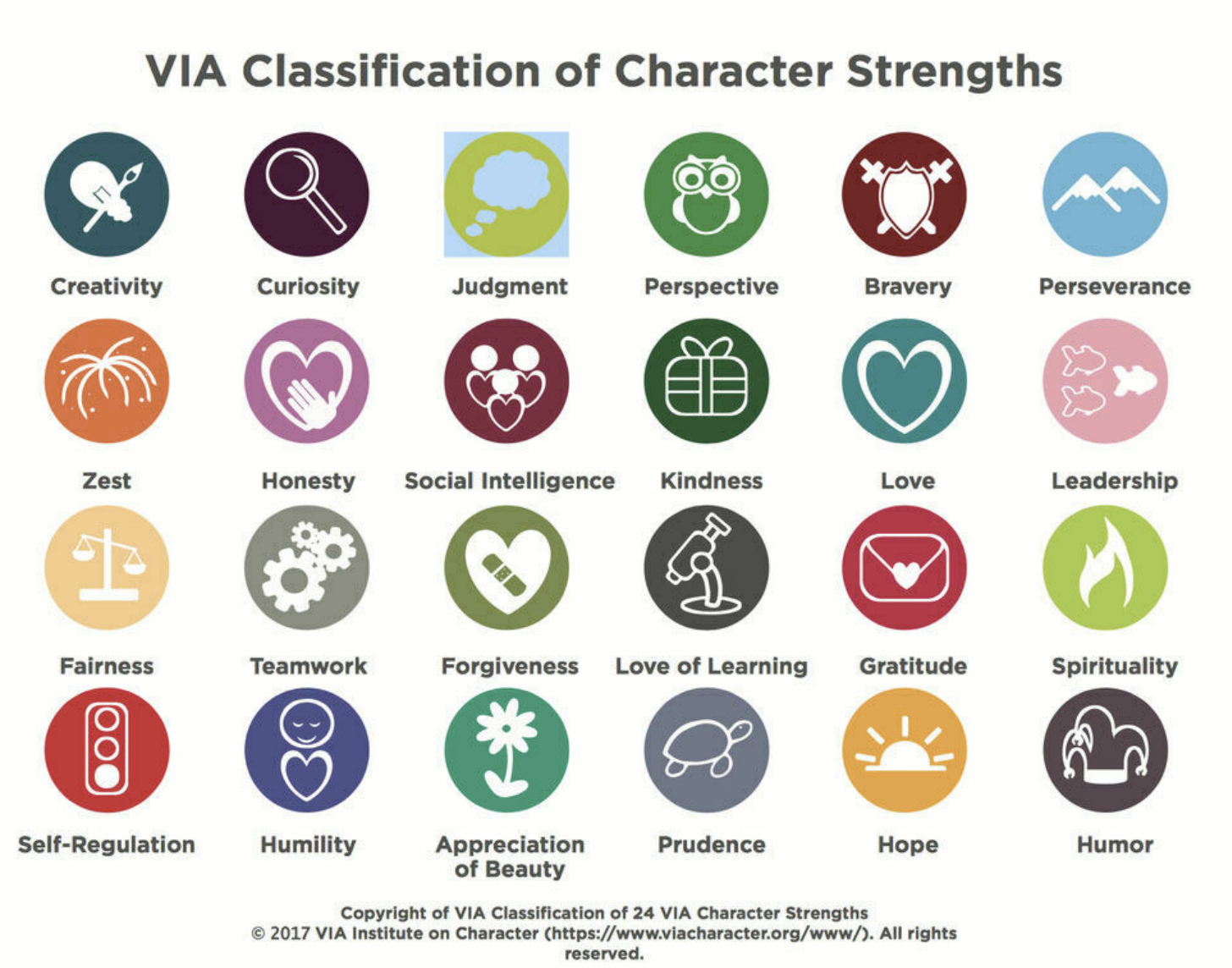 “The more you know yourself, the more patience you have for what you see in others.” – Erik Erikson
“The more you know yourself, the more patience you have for what you see in others.” – Erik Erikson
In the late 1950’s and early 60’s, Erik Erikson, Harvard professor of Psychology, proposed 6 stages of psychosocial development that supplanted other theories of personality development – like those of Sigmund Freud’s.
His model of life stages had 8 parts and described the whole life span beginning
at birth (trust vs mistrust) and ending at death (integrity vs. despair). Today his work is seen as having contributed tremendously to early childhood education as well as an understanding of psychology throughout the lifespan.
Despite the intense social and emotional pressures that dyslexic children face in their early school years, there are surprisingly few routine practices in place to ensure that their emotional health and confidence is safeguarded.
Stage of 4 Erikson’s LIfe Stages occurs from ages 5 to 12 years and it coincides with the first years of formal schooling.
The developmental goal of this stage is to learn to accomplish complex skills and develop feelings of competence. Ideally, elementary school provides opportunities for students to discover their interests and develop areas of expertise. Even small successes, whether classroom or extracurricular, can lead children to being recognized for what they can do – whether school work, or sports, drawing pictures, music, helping the school, or something else.
The idea is that if children experience positive social feedback about their accomplishments, they show traits of “industry” by persevering at tasks and putting work before immediate pleasures.
But what if children don’t have the opportunity to develop these positive experience of industry? Children start to believe they cannot meet the expectations of parents or teachers and they begin to develop feelings of interiority about their abilities. They may begin resisting new experiences and activities, develop fixed mindsets about what they can or cannot do, and ultimately suffer from low self-esteem and motivation.
“Children love and want to be loved and they very much prefer the joy of accomplishment to the triumph of hateful failure.” – Erik Erikson
Competency is an important component of confidence – and it is an important contributor to the development of a person’s identity.
A recent paper looking at self-concept in dyslexic university students had the following helpful summary of the challenges facing younger dyslexic students:
“The concept of self is learned and regarded by many as multidimensional so individuals can appraise themselves as being talented in one domain whilst
holding a lower self-view in another. Within this formation of identity lie self-esteem and self-efficacy. The former reflects a feeling of “worthiness” (“I am
happy being the way I am”) and may reflect one’s perception of the self in specific areas such as the academic, physical or social self. The latter is an appraisal of one’s ability to influence events (“If I am in a difficult situation I can usually think of a way out”)…
These components underpin emotional well-being, and both have been identified as being vulnerable in many readers with dyslexia, particularly those for whom their dyslexia was missed or poorly supported at school leading to repeated academic failure. Several studies report that children with dyslexia who attend mainstream schools have lower self-esteem than children who attend specialist dyslexia schools and often make negative statements regarding their academic ability in comparison to their peers.”
BUILDING COMPETENCY AND SELF-CONFIDENCE
The journey to self-confidence is paved with many challenging experiences, successes, setbacks, and failures. Are there opportunities for your student to shine both inside and outside the classroom?
Kids may be labeling themselves all the time – but if they are in a poorly-fitting classroom and having difficulty finding out what they might be good at, then give them appropriate positive feedback when you notice what they are doing well.
Are they kind? Are they good with younger siblings? Are they bright? Do they have great ideas? Are there activities they are well-suited to where they can have an opportunity to shine?
If a young student is behind in classroom basics like reading, writing, spelling, and math, it may seem counter-intuitive at the time, focusing on strengths rather than weaknesses, but building up strengths lifts everything up, including mood and self-confidence that make it possible to overcome the embarrassment of difficulties and persist at hard-to-learn tasks.
As we ease into the holidays, look for opportunities to make your student aware of their strengths and give them time to experiment and get better at things. Find potential mentors in interests your student may have and see where interests take them.
When our son was young and he became interested in the art on campus at the University of Chicago, we visited a local sculptor’s studio who was responsible for some of the magnificent gargoyles on the university buildings. He was very kind in letting us visit and he spent time showing Krister around his workshop. He remembers that visit with Walter Arnold to this day.
Doing something as a family to support a child’s interest can be validating of that interest. It was like an interview I remember having with Mary Clifford.
When one of her sons expressed an interest in history, the family made a trip to Saskatchewan to see where her grandparents had grown up and died. She recalled how interested he was in hearing and then imagining what life must have been like then and how it grew his interest in history and remains with him to this day (he’s a history professor in Saskatchewan and he is severely dyslexic).
Dyslexic children tend to have rich personal memories. Thinking of firsthand experiences that allow them to meet who are doing things that they are interested in – can encourage them to learn more and recognize how their interests and abilities are different from others.
When our daughter was young, she was interested in listening to and writing fragments of stories. Sometimes she would dictate stories to me and draw pictures that would go along. Even though she struggled with spelling and handwriting, she became a prolific creative writer and wrote fan fiction under a fake name.
When her stories became more popular, she had a host of others volunteer to be early readers and proofread her work! When she was 15, she got head-hunted by a small startup company to write game scenarios for a Facebook game company and got a kick out of seeing story plots turn up in a playable game (being paid for it was nice, too).

Many children develop serial passions, so it does not matter if they fall out of love with an activity or subject…anything that takes them off the regular track affirms to them some aspect of who they are – and slowly but surely these experiences lead to greater feelings of confidence as they progress into young adulthood.
If students and parents are unaware of what their strengths may be, then looking at a strengths inventory may be a good place to start. Here’s a listing of the 24 VIA Character Strengths.

If you or you child want to take the survey, you can sign up here (it’s free). It’s a long test because it’s for research purposes, but it can be enlightening.
ANY ACTIVITY CAN BE A CONFIDENCE OR STRENGTH-BUILDING SKILL
So many parents and counselors have told us that when they ask their students what their strengths may be, they can’t suggest any. What that’s told me is that people need to hear specific and positive feedback more. Any activity can build confidence and personal strengths. That includes what some people refer to as character strengths – like being patient or being a good listener, or being a good friend.
Development tends to be late-blooming in dyslexic children, so early on, it may be hard to see particular strengths except for occasional glimmersBe content to wait. Some studies show creative strengths in adults with dyslexia, but not children – but this must be seen within the context of late blooming development. Good things are coming. Be patient, affirm, and encourage.
When our son was young his fine motor coordination due to dyspraxia was a bigger issue than learning to read. He gave up on art when he realized at the time what his finger could do and had no hope of matching what he wanted to create in his mind. He still loved leafing through art books and going to art fairs and museums. It was only much later (in high school) that his development clicked in and he began to imagine that it was possible to study art as a profession. At the end of our first edition of The Dyslexic Advantage (the update is coming on Valentine’s Day 2023!), we shared this poem from JRR Tolkien’s Lord of the Rings:
“All that is gold does not glitter,
Not all those who wander are lost;
The old that is strong does not wither,
Deep roots are not reached by the frost.
From the ashes a fire shall be woken,
A light from the shadows shall spring;
Renewed shall be blade that was broken,
The crownless again shall be king.”
What we added to this in our book was this:
“If you are an individual with dyslexia, this prophecy is also for you. Although you may not “glitter” in the classroom, if the promise of your future can sustain you through the challenges you face, your intellect will be forged as keen as any blade.”
WHAT TO DO
At school, the strengths of every dyslexic student should be recognized and opportunities to build on those strengths be an integral part of every school day. Students should be given makeable challenges and when possible, accommodations and technology to maximize learning and expression.
Outside of school, students need to de-stress and places of solitude, time to think, imagine, explore, and find role models and heroes.
Finally, dyslexic students need time. With every ambitious building project, there needs to be time allotted to get all the foundations in place.
But do not wait to rescue children who are trapped in bad situations, take them out if necessary, and advocate for what they need.
Strengths should not be thought of as an optional part of a student’s educational plan or something that gets added after formal education is done; developmental stages need to be successfully resolved in order to move on. If a person can’t get beyond the industry vs. inferiority stage of development, then they can’t move on to identity formation, and they can remain blocked for a long time. Children are resilient – they just need to be equipped with information that gives meaning to their challenges and realistic positive vision for their future.
Make sure your children have all the information to understand themselves and to to discover more about themselves and their strengths so that they can blossom and grow.














